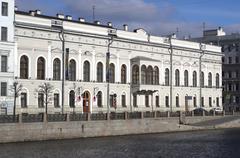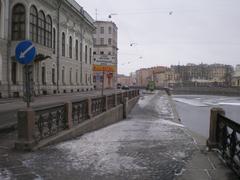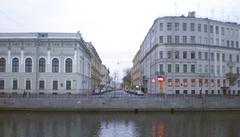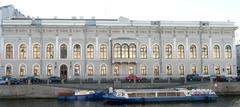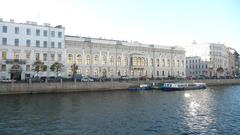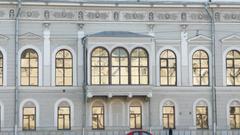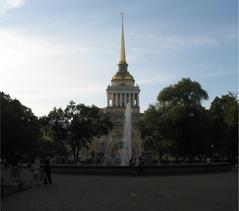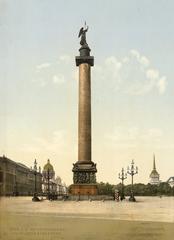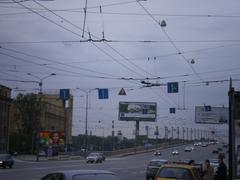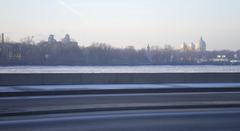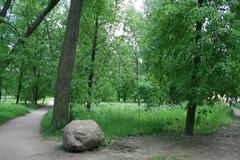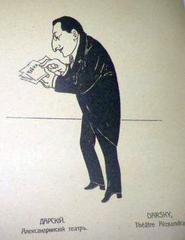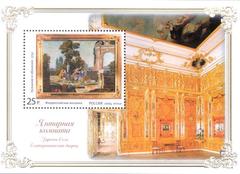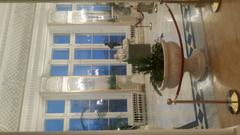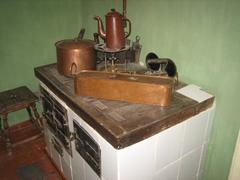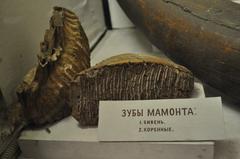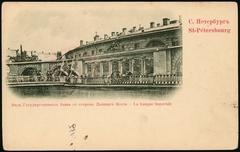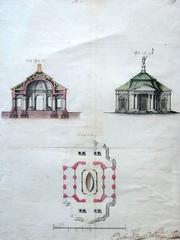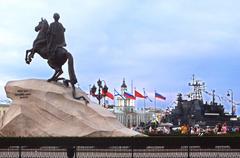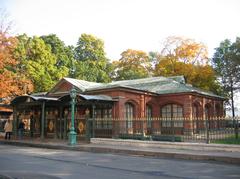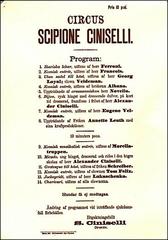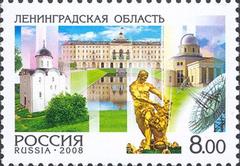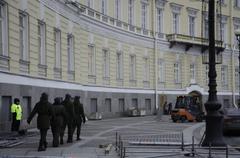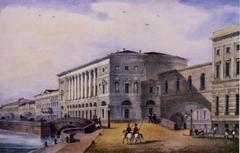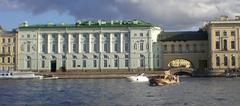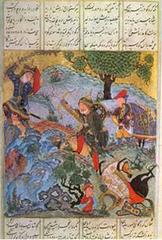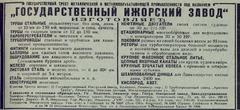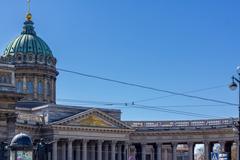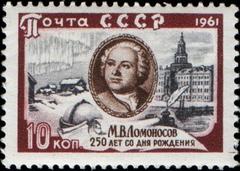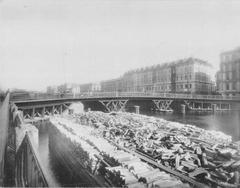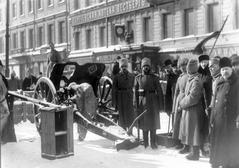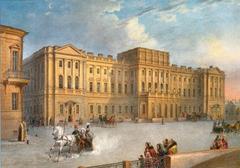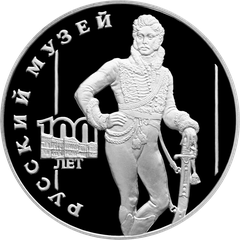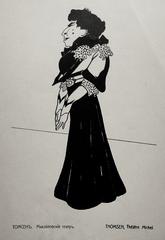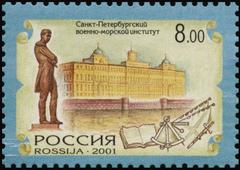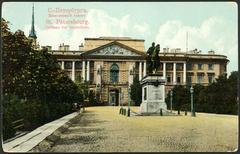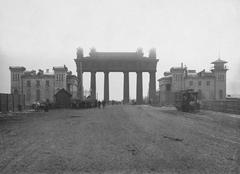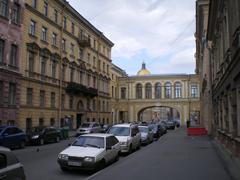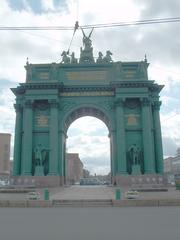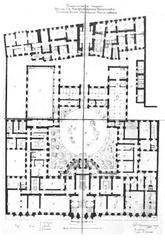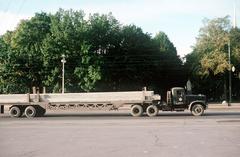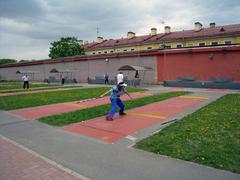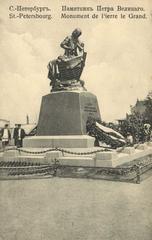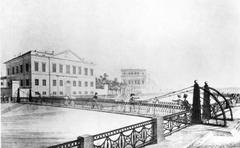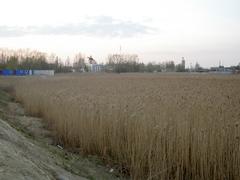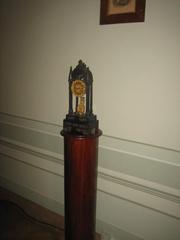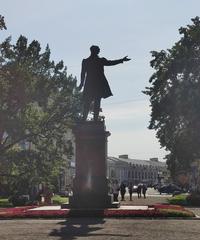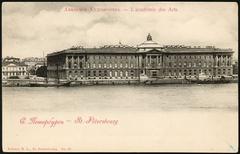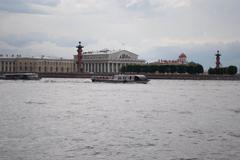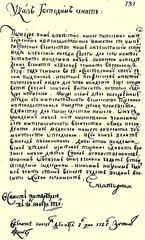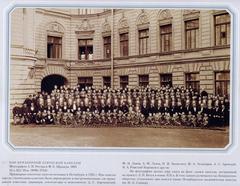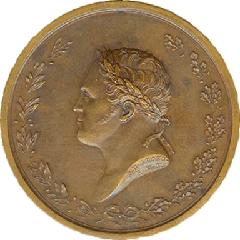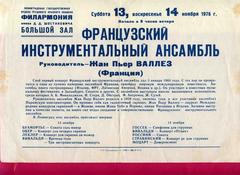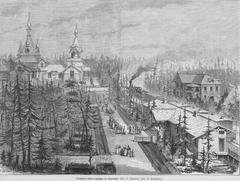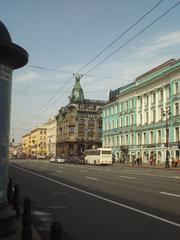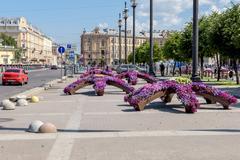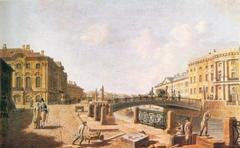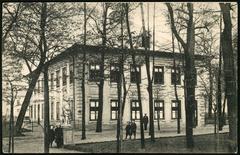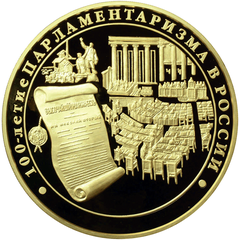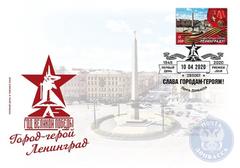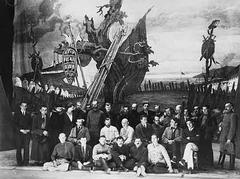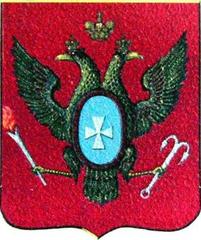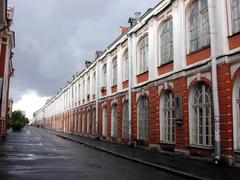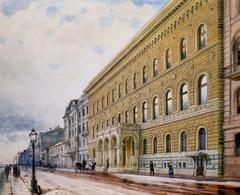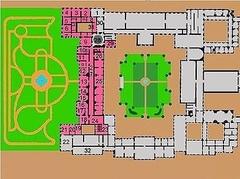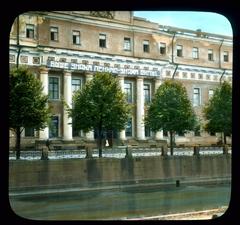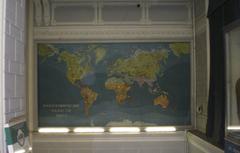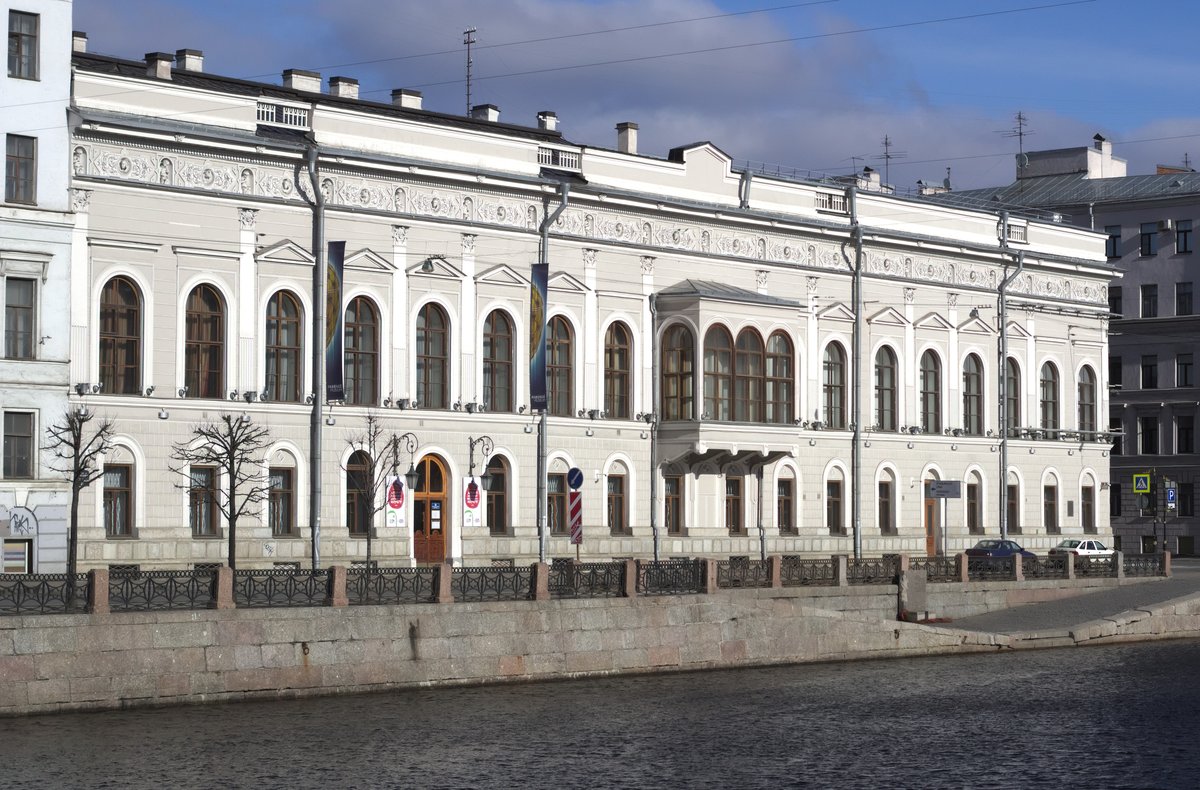
Visiting Shuvalov Palace in Saint Petersburg: A Complete Guide
Date: 17/07/2024
Introduction
Shuvalov Palace, situated on the picturesque Fontanka River embankment in Saint Petersburg, Russia, is a remarkable testament to the country’s rich history and architectural grandeur. This iconic landmark, now home to the Fabergé Museum, weaves together centuries of aristocratic opulence, cultural evolution, and artistic excellence. Originally commissioned by Count Peter Ivanovich Shuvalov in the mid-18th century, the palace has undergone significant transformations, reflecting the tastes and aspirations of its various owners, most notably the Shuvalov and Vorontsov families. Today, it stands as a beacon of neoclassical architecture, adorned with intricate details that capture the essence of Imperial Russia. Visitors are drawn not only by its historical significance but also by its exquisite interiors and the unparalleled Fabergé collection. This comprehensive guide will delve into the palace’s captivating history, provide practical visitor information, and highlight nearby attractions to ensure a memorable experience. Explore the splendor of Shuvalov Palace and immerse yourself in the cultural legacy of Saint Petersburg.
Table of Contents
- Introduction
- Historical Background and Architectural Significance
- Visitor Information
- Nearby Attractions and Travel Tips
- Conclusion
Historical Background and Architectural Significance
Early Days and the Vorontsov Era
The story of Shuvalov Palace begins in the mid-18th century. While the exact date of construction remains debated among historians, most agree that the palace’s foundations were laid sometime between 1749 and 1755. Originally, the palace was commissioned by Count Peter Ivanovich Shuvalov, a prominent figure in the court of Empress Elizabeth Petrovna. However, the initial design, attributed to architect Savva Chevakinsky, was relatively modest compared to the grandeur the palace would later embody.
In 1785, the palace changed hands, acquired by Countess Anna Vorontsova, a lady-in-waiting to Catherine the Great. This marked a turning point in the palace’s architectural evolution. The Countess, known for her refined taste and desire for splendor, commissioned the renowned architect Giacomo Quarenghi to remodel and expand the existing structure.
Quarenghi, a master of neoclassical design, left an indelible mark on the palace. He retained the original three-story core while adding two flanking wings, connected by elegant galleries. This expansion created a spacious courtyard, enclosed by the U-shaped structure. Quarenghi’s neoclassical additions, characterized by their harmonious proportions, restrained elegance, and exquisite detailing, transformed the palace into a symbol of aristocratic sophistication.
The Shuvalovs’ Return and a Flourishing Dynasty
The palace eventually returned to the Shuvalov family in 1799, purchased by Count Andrei Petrovich Shuvalov. This marked the beginning of a century-long association between the Shuvalovs and the palace, during which it witnessed significant events and became a hub of social and cultural life in St. Petersburg.
Under the Shuvalovs, the palace underwent further renovations and expansions. Notably, architect Nikolay Yegorovich Yefimov added a fourth floor in the 1830s, and a grand ballroom, designed by Bernard de Simone, was incorporated in 1846. These additions, while respecting the existing neoclassical style, added layers of opulence and grandeur, reflecting the Shuvalovs’ prominent standing in Russian society.
The Shuvalov Palace became renowned for its lavish balls, salons, and gatherings, attracting the crème de la crème of St. Petersburg’s aristocracy, intelligentsia, and artistic circles. The family’s patronage of the arts was evident in the palace’s impressive collection of paintings, sculptures, and decorative arts, further solidifying its reputation as a center of cultural refinement.
A New Century, a New Purpose - The Museum Era
The dawn of the 20th century brought about significant changes for the Shuvalov Palace. Following the Russian Revolution of 1917, the palace, like many aristocratic residences, was nationalized. Its valuable art collection was dispersed among various museums, including the Hermitage and the Russian Museum.
In the following decades, the palace served various purposes, housing a research institute and later becoming the House of Friendship and Cultural Relations with Foreign Countries. This period, while marking a departure from its aristocratic past, highlighted the palace’s adaptability and its continued relevance in a changing society.
Today, the Shuvalov Palace houses the Fabergé Museum, a testament to the exquisite artistry of the House of Fabergé. The museum showcases a breathtaking collection of Fabergé eggs, jewelry, and decorative objects, offering visitors a glimpse into the opulence and craftsmanship of pre-revolutionary Russia.
Architectural Significance - A Fusion of Styles
The architectural significance of the Shuvalov Palace lies in its unique blend of architectural styles, reflecting its evolution over centuries. The palace stands as a testament to the vision of multiple architects, each leaving their mark on its design.
-
Baroque Origins - While little remains of the original structure, traces of the early Baroque style, characterized by its grandeur and ornamentation, can be seen in the palace’s layout and some surviving decorative elements.
-
Quarenghi’s Neoclassical Masterpiece - The most defining architectural feature is undoubtedly Giacomo Quarenghi’s neoclassical transformation. The harmonious proportions, elegant facades adorned with Corinthian columns and pilasters, and the restrained use of ornamentation exemplify the neoclassical aesthetic.
-
Later Additions - The 19th-century additions, including the fourth floor and the grand ballroom, while respecting the existing neoclassical style, introduced elements of late classicism and eclecticism, adding layers of grandeur and opulence to the palace’s interiors.
The Shuvalov Palace, with its rich history and architectural splendor, stands as a testament to the grandeur of Imperial Russia and the evolving architectural landscape of St. Petersburg. A visit to this magnificent palace offers a captivating journey through time, art, and the stories of the people who shaped its destiny.
Visitor Information
Visiting Hours
The Fabergé Museum at Shuvalov Palace is open daily from 10:00 AM to 9:00 PM. Last admission is at 8:15 PM. It is closed on Tuesdays and the first Monday of each month.
Ticket Prices
- Adult - 450 RUB
- Students and Seniors - 250 RUB
- Children under 7 - Free
Tickets can be purchased online or at the palace’s ticket office. Special discounts are available for groups and guided tours.
Guided Tours and Special Events
Guided tours are available in multiple languages and provide in-depth insights into the palace’s history and the Fabergé collection. Special events, including temporary exhibitions and cultural performances, are held regularly. Check the official Fabergé Museum website for the latest updates.
Nearby Attractions and Travel Tips
While visiting Shuvalov Palace, consider exploring nearby attractions such as the State Hermitage Museum, the Church of the Savior on Spilled Blood, and the Russian Museum. St. Petersburg’s well-connected public transport system makes it easy to navigate the city. Consider purchasing a city pass for discounted entry to multiple sites.
Conclusion
The Shuvalov Palace is not just a monument of architectural grandeur but also a living testament to the cultural and historical legacy of St. Petersburg. From its aristocratic origins to its current role as the Fabergé Museum, the palace offers a multifaceted experience for history buffs, art lovers, and casual visitors alike. Plan your visit today to explore the opulence and history of one of St. Petersburg’s most iconic landmarks.
